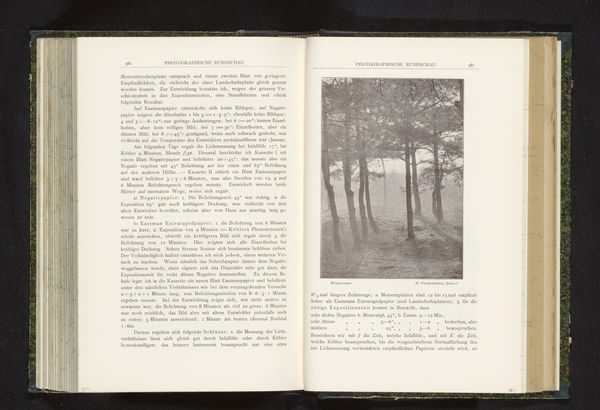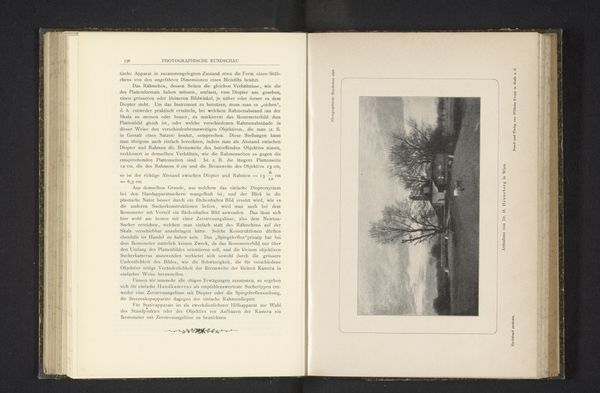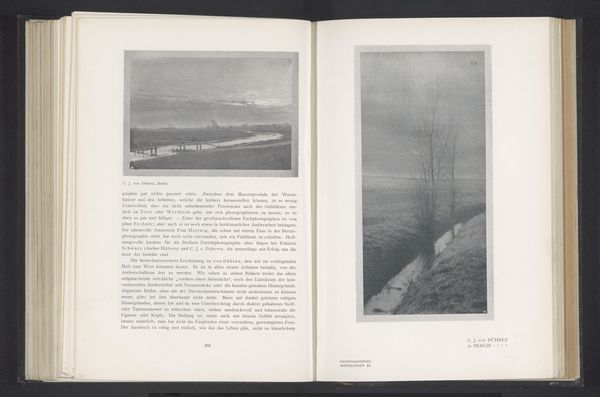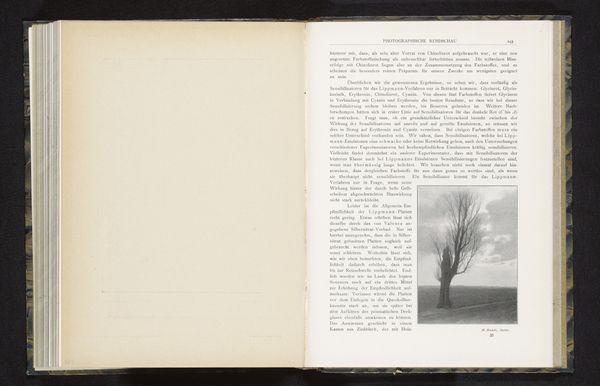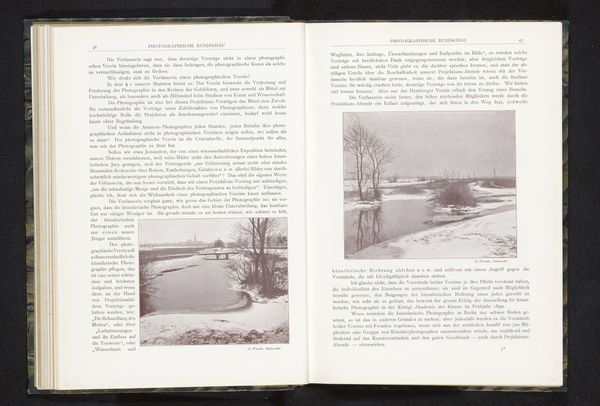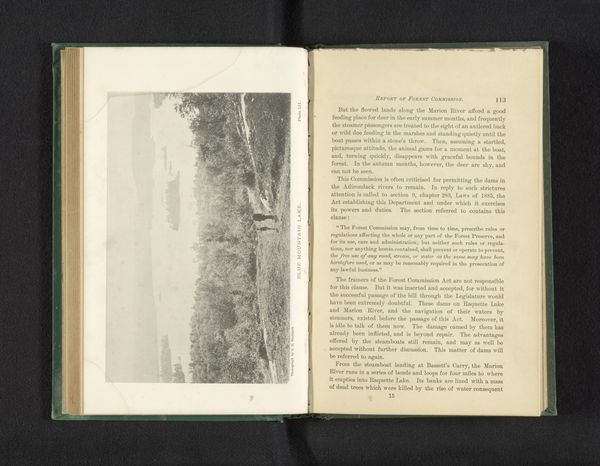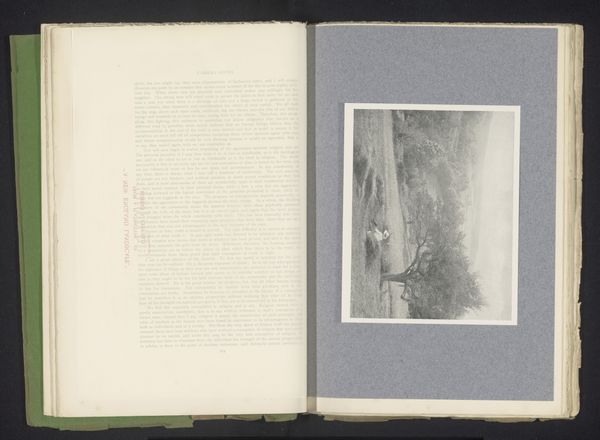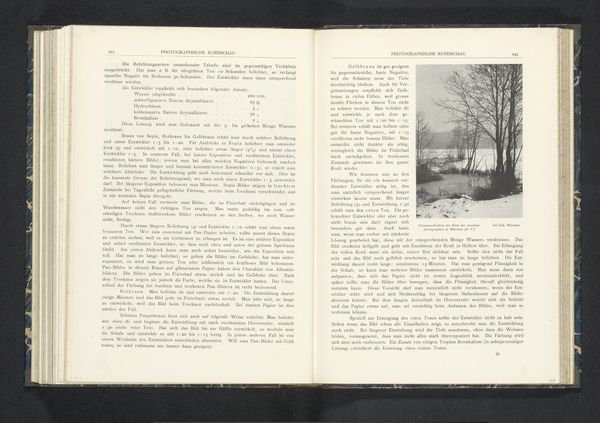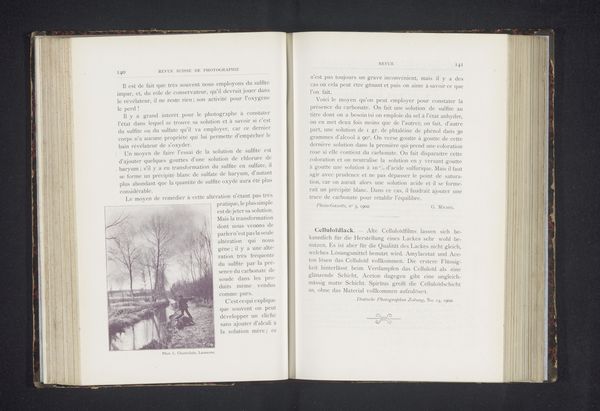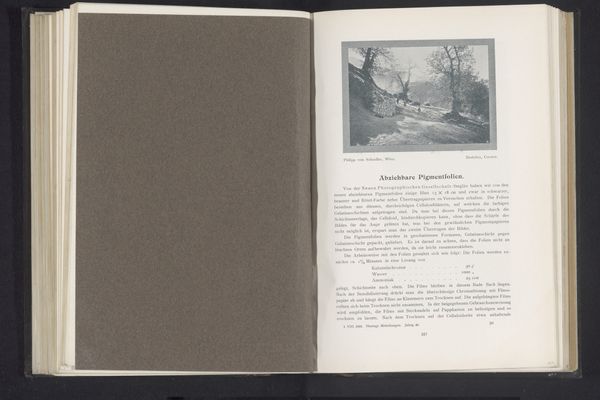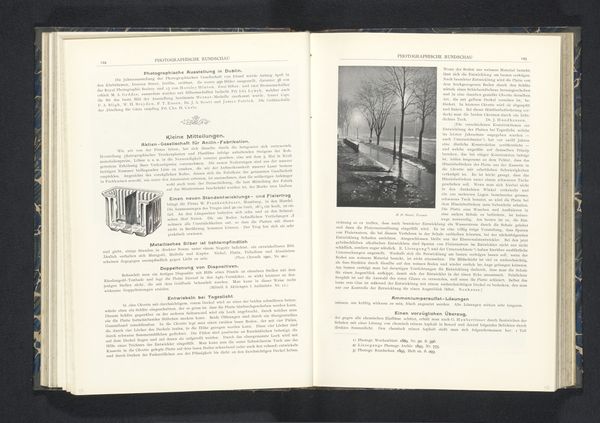
print, photography
#
pictorialism
# print
#
landscape
#
photography
Dimensions: height 133 mm, width 99 mm
Copyright: Rijks Museum: Open Domain
Editor: Here we have "Knotwilgen in de sneeuw," or "Pollard Willows in the Snow," a print made before 1898 by Carl Winkel. It has such a quiet, almost stark quality. What compositional elements strike you as significant? Curator: I am immediately drawn to the formal relationships established by the row of pollard willows. The rhythm of their placement, diminishing in size as they recede into space, creates a compelling sense of perspective. Observe the strategic employment of light and shadow: How does the subtle gradation of tones contribute to the work's overall aesthetic effect? Editor: It’s true; the tonal range creates such depth. Do you think the composition follows a certain philosophical structure? Curator: Let us examine this further through the lens of semiotics. The bare trees could be seen as signifiers, prompting reflection upon mortality or resilience. However, such readings are secondary to the formal devices themselves – the balance, symmetry, and lines constructing our experience. Do you agree that such a formal analysis is fundamental here? Editor: Yes, focusing on how the artist organized the pictorial elements offers a good grounding for further thought. Considering how Winkel used photography with clear intent definitely enhances my experience of the piece. Curator: Indeed. Through studying form, we reveal the artwork’s innate power of composition.
Comments
No comments
Be the first to comment and join the conversation on the ultimate creative platform.

